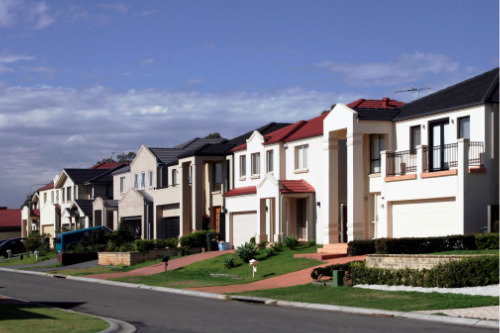They were among the few markets that actually saw less feverish demand from buyers this year

The traditionally red-hot housing markets of Toronto and Vancouver actually saw significantly reduced competition compared to last year, according to a new analysis by Zoocasa.
Using November data from across the country, Zoocasa evaluated the buying and selling competitiveness of 25 major urban markets through their sales-to-new-listings ratios (SNLR).
All of these markets “exhibited competition conditions that strongly favoured sellers over buyers,” Zoocasa said. “Comparatively, in 2019, 19 of these 25 markets were seller’s markets.”
Eight regions had a noticeable SNLR reading of over 100%, pointing to demand that was much stronger than the pace of new units entering the market.
The Greater Toronto area saw its SNLR drop from 82% in 2019 to 76% this year, with sales increasing by 24% and new listings rising by 34%. The region’s average sales price grew by 13% to $955,615.
This was despite the market’s robust 8,766 home sales in November (up by 24.3% annually), as recorded by the Toronto Regional Real Estate Board.
Greater Vancouver’s SNLR had a more pronounced decline from 83% in 2019 to 75% last month, with the average home price rising by 8% annually to $1.084 million.
Along with Hamilton-Burlington (SNLR of 93%), these areas “were the only markets that were less competitive for buyers in November 2020, compared to last year,” Zoocasa said.
The most competitive markets in 2020 were as follows:
- Sudbury (117%)
- Saint John (110%)
- Gatineau (110%)
- London-St. Thomas (109%)
- Halifax-Dartmouth (108%)
- Thunder Bay (106%)
- Niagara Region (106%)
- Victoria (101%)



